Arts and Entertainment Technologies Courses: GAME DESIGN
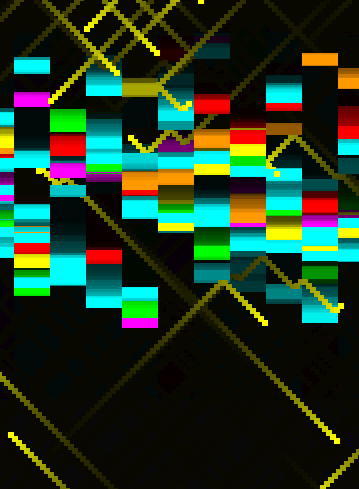
FNDTNS OF CREATIVE CODING
Coleman, T
A guide for expressing original ideas directly in computer code using the graphics language Processing. Examines the making of computer tools for implementing artistic visions. Explores the computer’s role as an artist’s medium in the context of major ideas in contemporary art.
Lower-Division

FOUNDATIONS OF DESIGN
Starbuck, H
An introduction to design processes, formal design principles, visual storytelling, and concept ideation.
Lower-Division

FNDTNS OF VID GAME DEVELOP
Cohen, D
An introduction to the process of creating games from concept through launch, includingaesthetics, design, production, and publishing.
Lower-Division
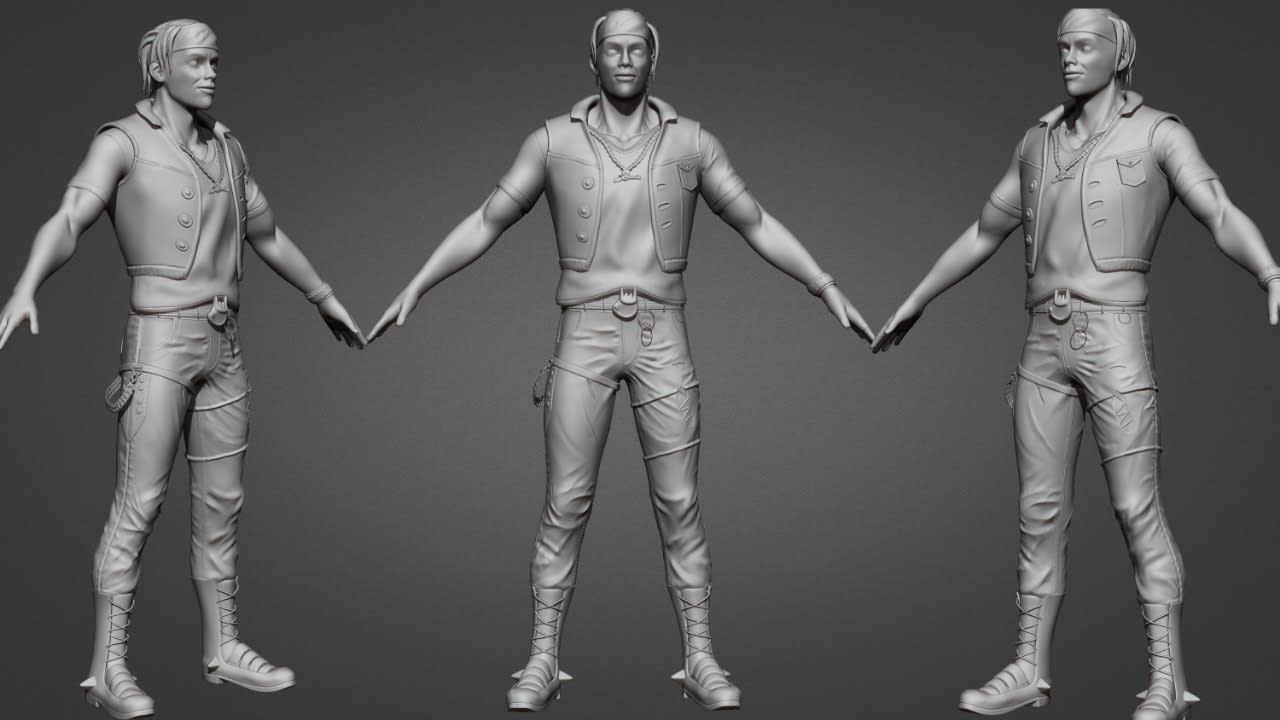
3D MODELING AND TEXTURING
Oster, I
An introduction to surfacing 3D game models using state of the art workflows and tools. This course will focus on training students to create realistic materials for existing 3D assets using Substance Painter.
Upper-Division
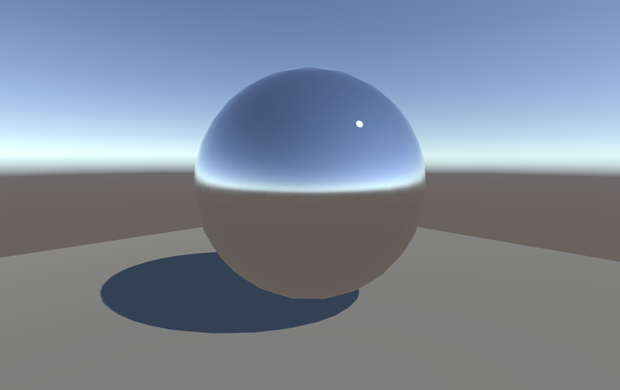
326D 3D MATERIALS AND LIGHTING
Oster, I
An introduction to surfacing 3D game models using state of the art workflows and tools. This course will focus on training students to create realistic materials for existing 3D assets using Substance Painter.
Upper-Division
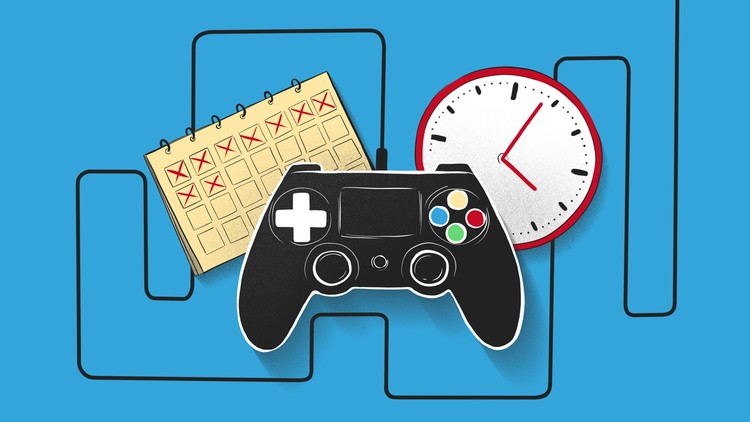
VIDEO GAME PRODUCTION
Cohen, D
In-depth look at how to estimate, structure, staff, budget, organize, and execute a plan that can be used to manage both high level and day-to-day development of a game. Identifies the tools and techniques used to break down a game into measurablecomponents that can be scheduled, staffed, budgeted and scoped. Analyzes development methodologies to determine the best approach for the project type. Teaches the assembly and execution of flexible plans for multiple types of gameproductions, from full console and mobile games, to live operations of games as aservice.
Upper-Division
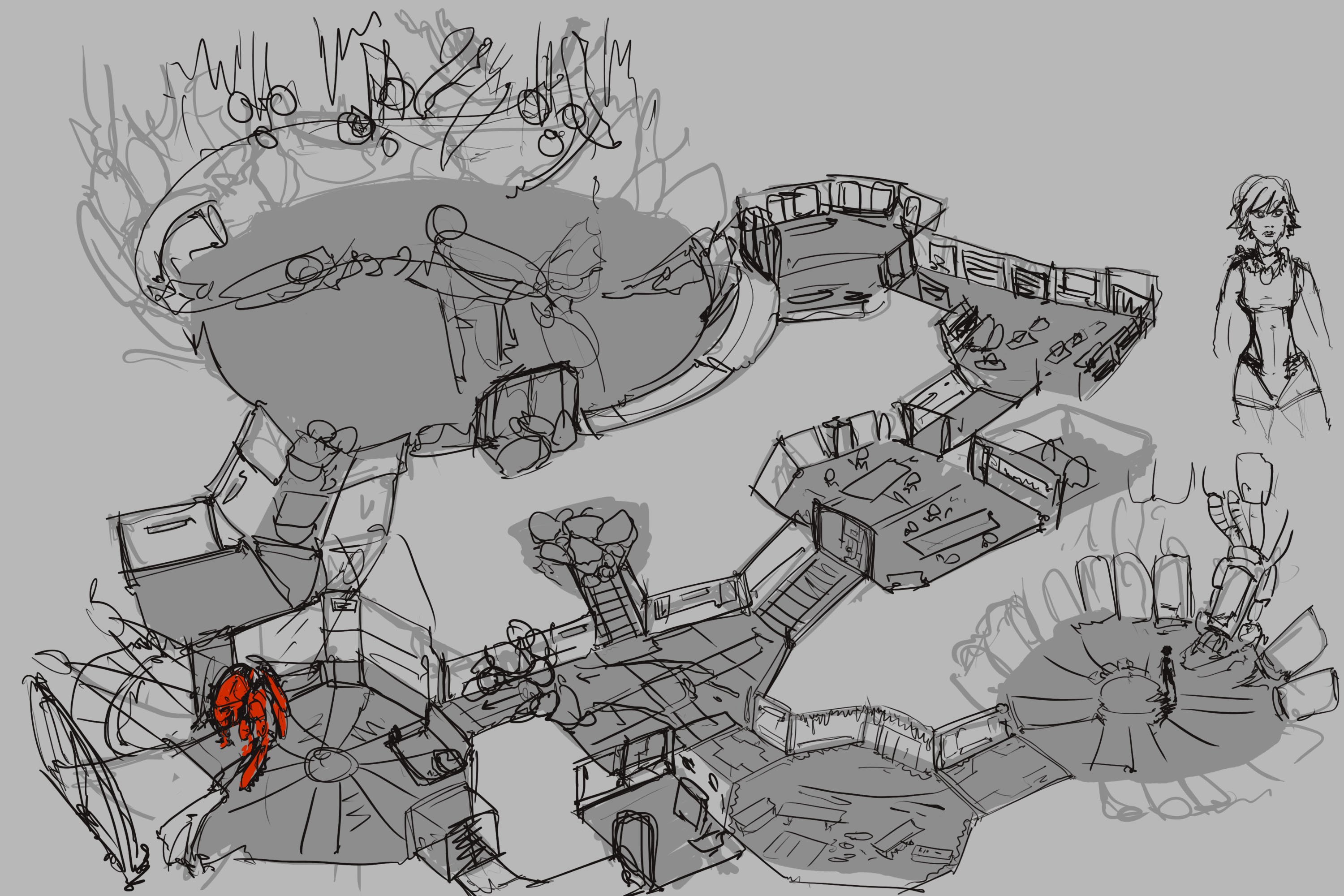
LEVEL DESIGN
Johns, M
An introduction to building interactive and visually appealing 3D levels in a game engine. This willinclude ideation and concept design, whiteboxing, integrating art and sound assets, scriptinginteractions, and adding animations and particle effects, as well as playtesting and iteratingbased on user feedback.
Upper-Division
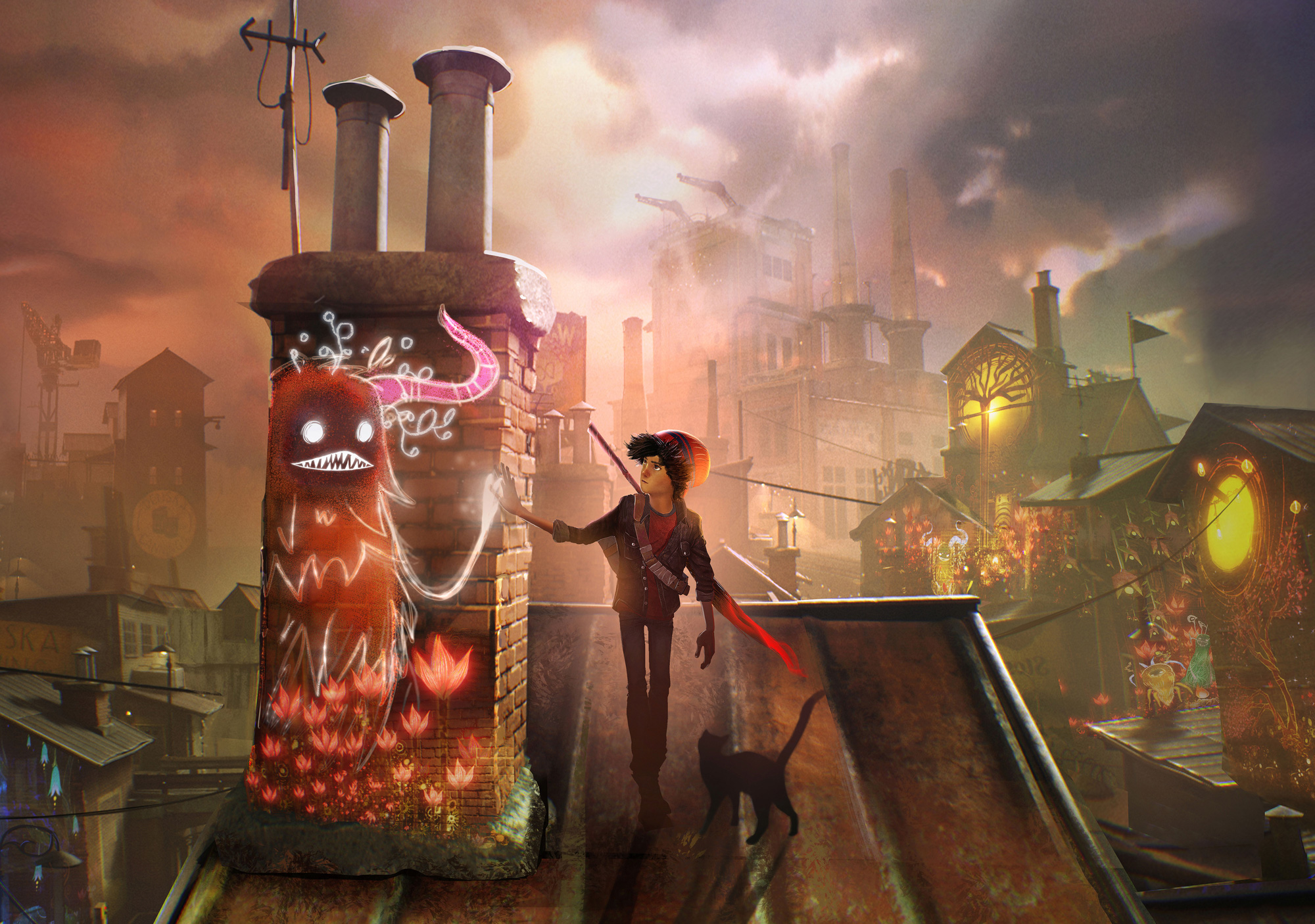
VIDEO GAME ART PIPELINE
Byrne, B
The art pipeline for game development is a crucial aspect of production. Moving art assets from the authoring environment to the game engine environment requires a broad understanding of media file formats and the limitations of real-time content. This course is an introduction to creating and working with game ready assets in 2D and 3D. Students will create various projects and learn how to work with modern game engine features such as Graphics, Physics, Scripting, Audio, Animation, Timelines, UI, Navigation, Visual Effects, and Content Management.
Upper-Division
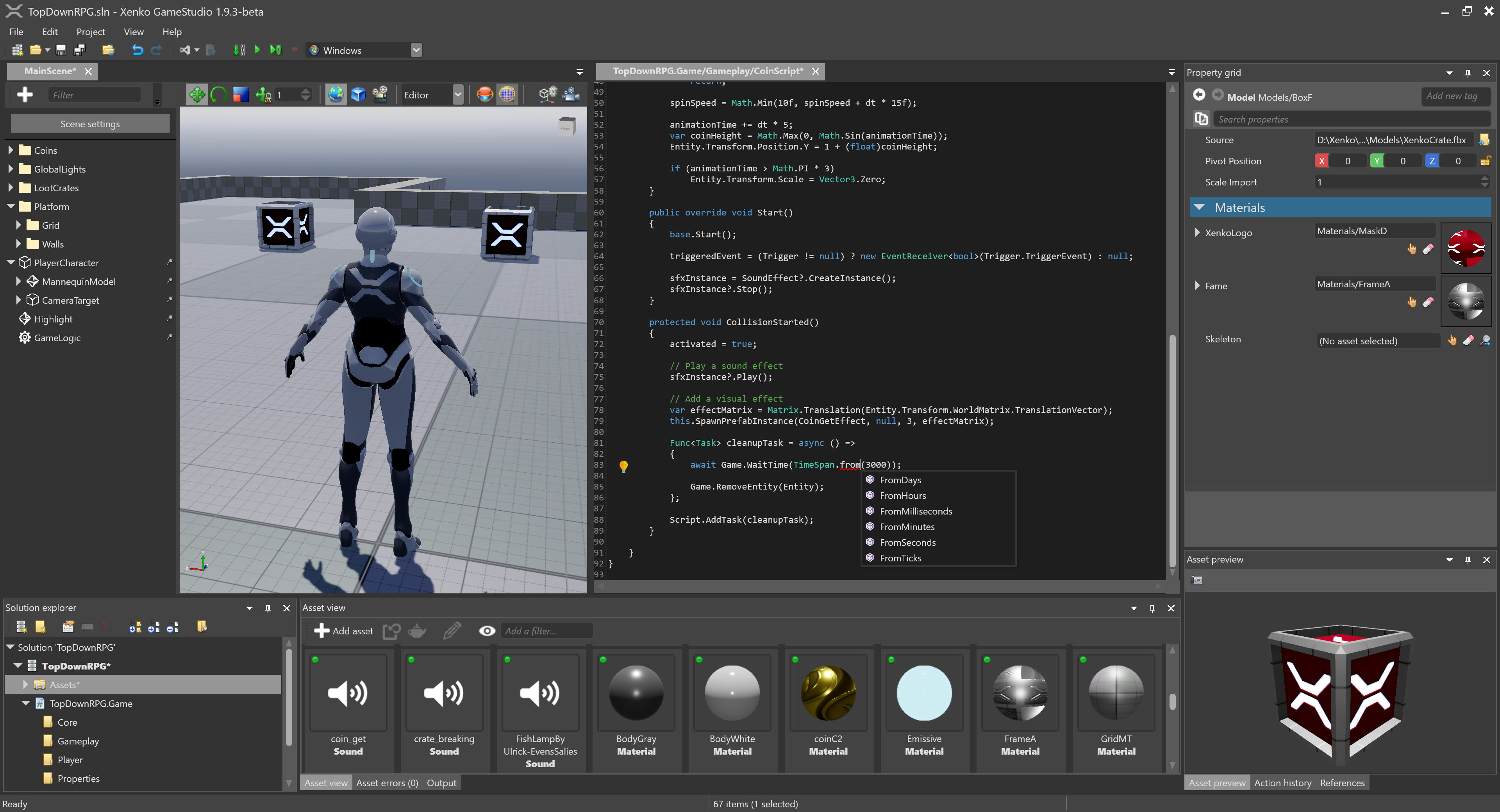
VIDEO GAME SCRIPTING I
Coleman, T
An introduction to game scripting using Unity and C#. This course will cover a variety ofscripting techniques for game systems including combat, multiplayer, saving and loading,menus, and managers. Students will also be introduced to coding best practices such ascommenting, encapsulation, and object-oriented programming.
Upper-Division
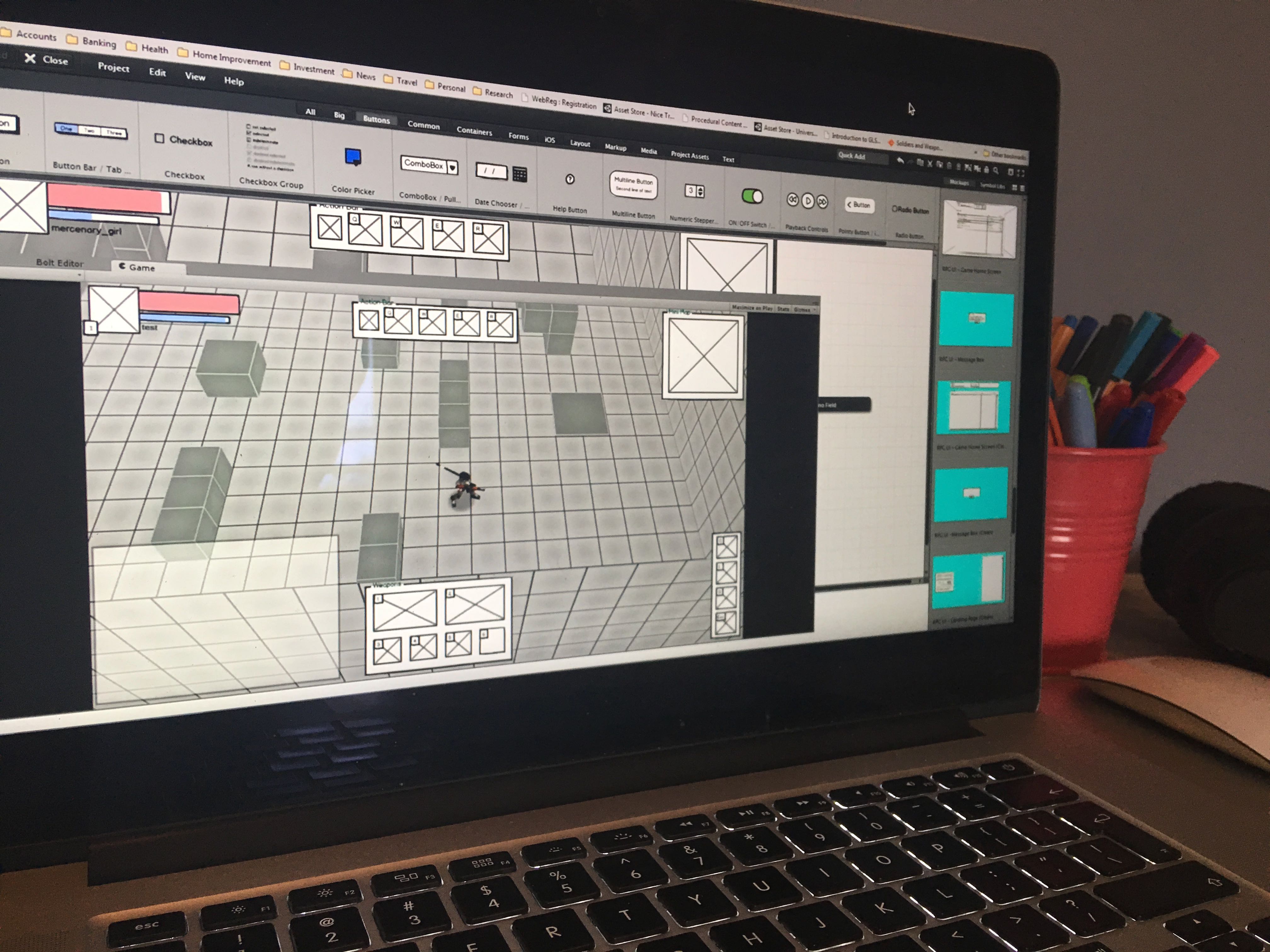
VIDEO GAME PROTOTYPING
Johns, M
An introduction to rapid prototyping techniques for game development. This course will consist ofrapid creation and iteration of ideas and content related to game mechanics. Projects will typically be 1-3 weeks and emphasize the need for practical and functional art, audio, and code toconvey the concept or topic.
Upper-Division
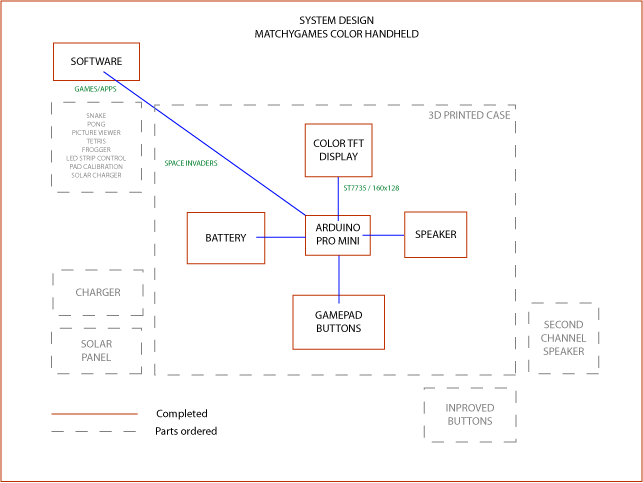
VIDEO GAME SYSTEMS DESIGN
Coleman, T
An introduction to game systems in a myriad of structures used commonly today. Create and apply play systems which establish the framework for user experience (UX) andcontent design.
Upper-Division

VIRTUAL REALITY VIDEO GAMES
Johns, M
An introduction to building interactive and engaging Virtual Reality experiences for games. This will include ideation and concept design, building virtual environments, scripting interactions for head-tracking and hand-tracking, adding animations and particle effects, as well as playtesting and iterating based on user feedback. Devices: HTC Vive, Oculus Rift, Google Daydream.
Upper-Division
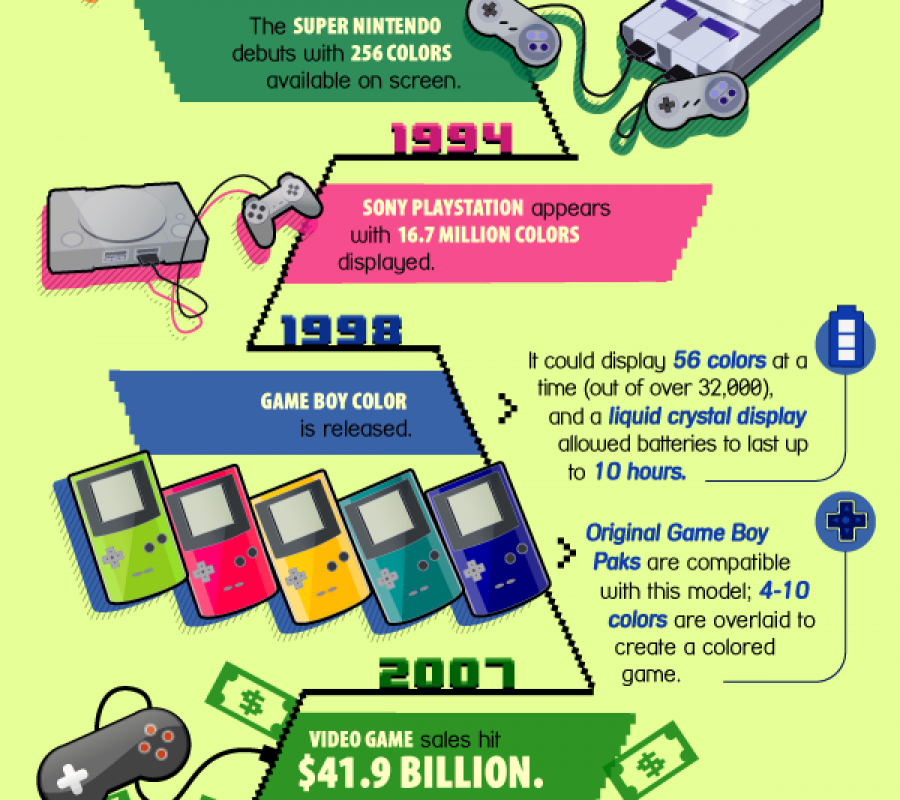
VIDEO GAME HISTORY/CULTURE
Cohen, D
Introduction to critical and historical approaches to video games and gamedesign, including video game histories and archives, critical media theory in game developmentand contemporary social issues in gaming.
Upper-Division
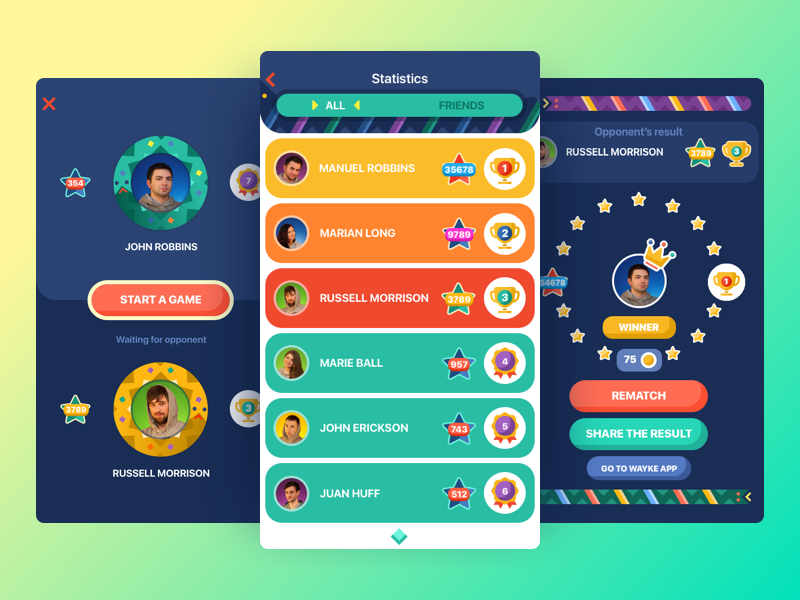
UI/UX FOR VIDEO GAMES
Johns, M
This course will focus on UI/UX techniques in game development including flow diagrams, wireframes, user-centered design, usability testing, UI art asset creation, and UI scripting. During this course, students will design and develop a complete User Interface for a game with particular focus on how the user interacts and engages with it. This course will also cover topics on physical interfaces and accessibility.
Upper-Division
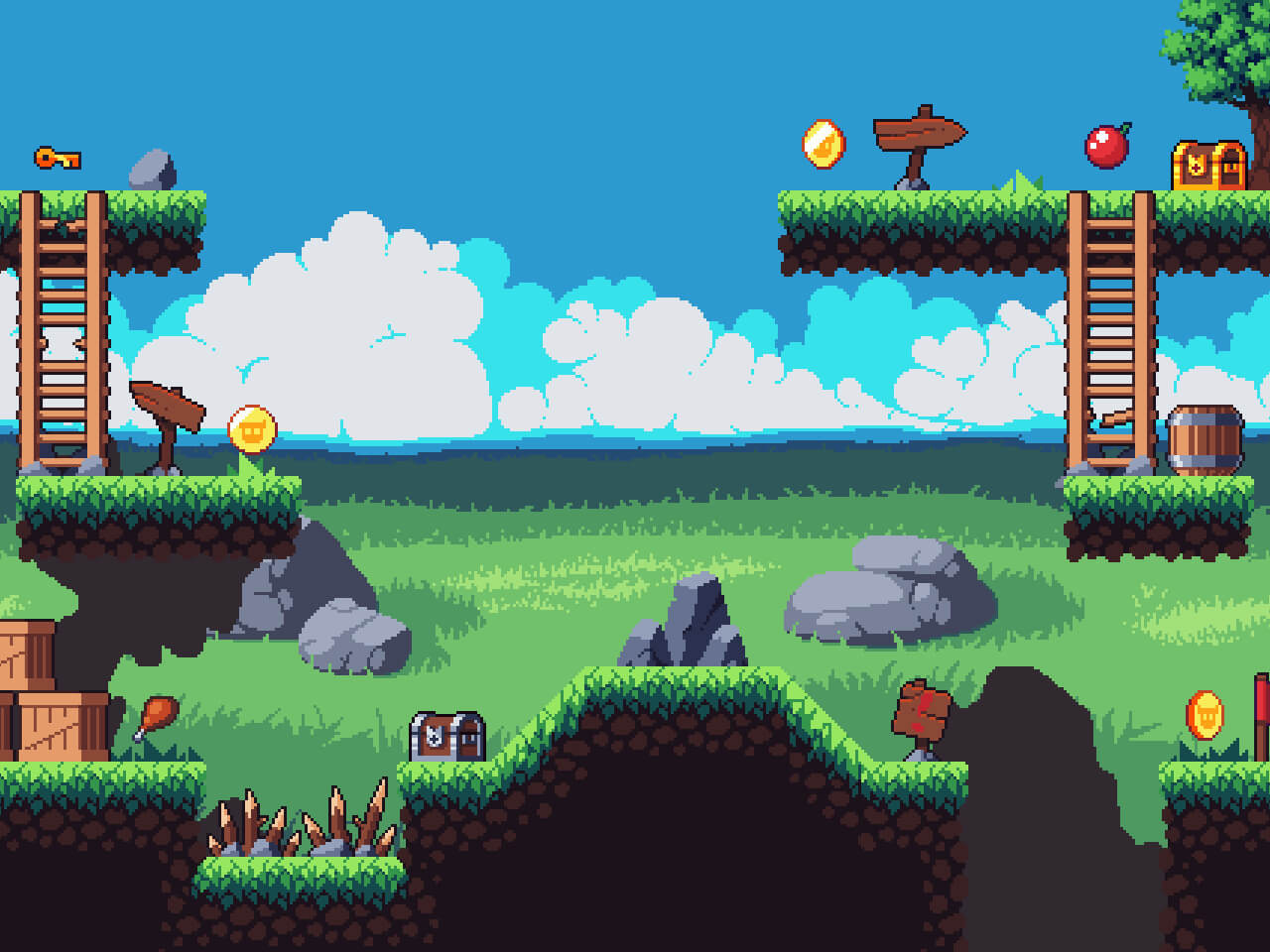
GAME CAPSTONE: 2-D (Fall Semester)
Toprac, P
Most mobile, social and casual games are 2-D games. Why not learn how to make them for the rapidly growing mobile, social and casual game markets? This senior-level course brings together about 30 students from different disciplines who work together in small teams of five to seven students to develop 2-D games and/or mobile apps. **This course carries an Independent Inquiry flag.
Upper-Division
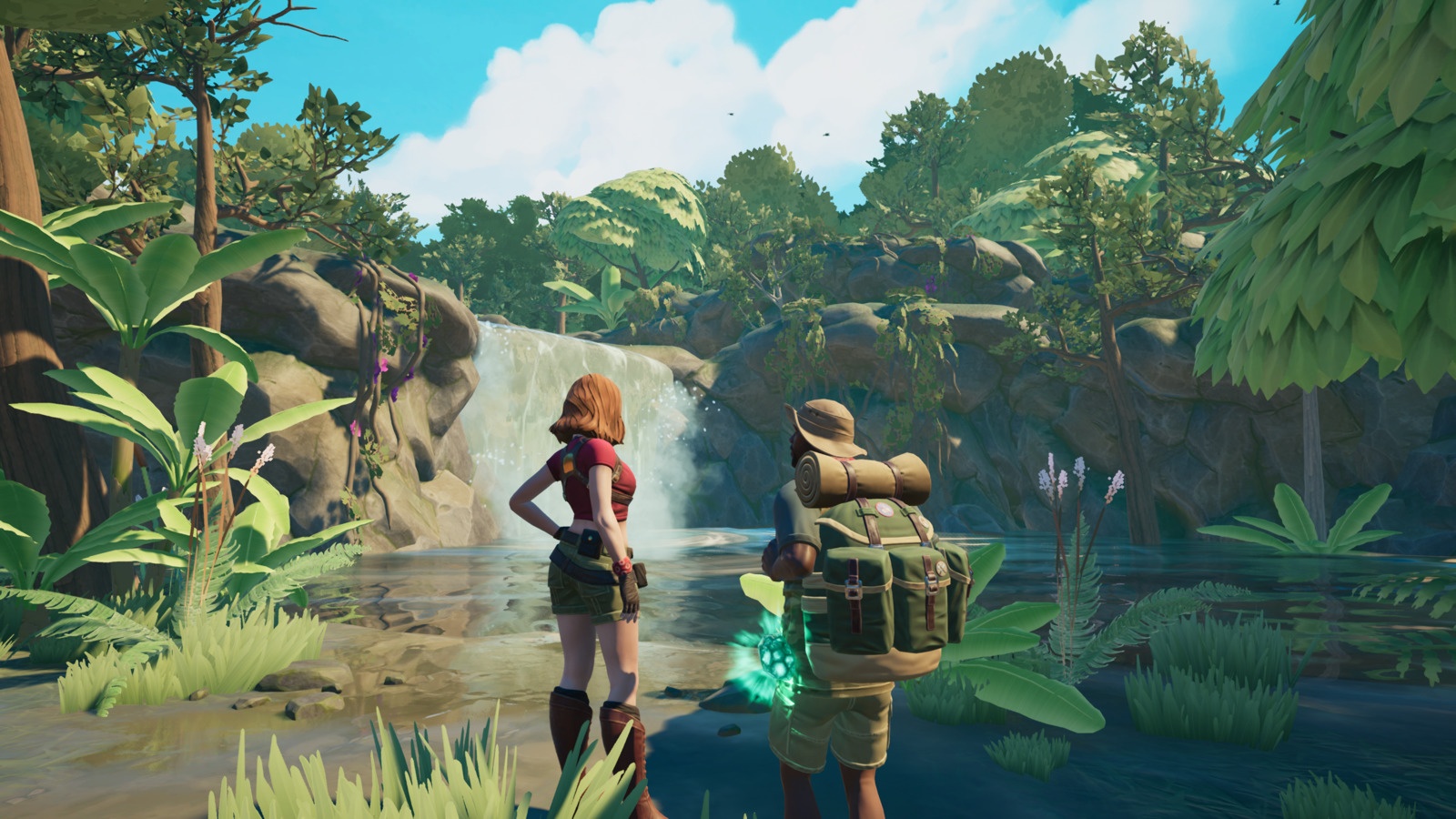
GAME CAPSTONE: 3-D (Spring Semester)
Toprac, P
3D games are the standard of the AAA game industry. While harder to make but more immersive than 2D games, they are, for many game studios, more lucrative. This senior-level course brings together about 30 students from different disciplines who work together in small teams of five to seven students to develop 3-D games and/or mobile apps, while learning the common practices and processes of game studios. **This course carries an Independent Inquiry flag.
Upper-Division
